Easter has always been linked to eggs: decorated, painted, wooden, chocolate eggs..
There are various traditions connected to eggs throughout centuries, starting from Roman, Greek, Chinese, Persian and last but not least Egyptian culture (link).
An exchange of decorated eggs took place during spring cults or at the equinox due to the belief that eggs represent resurrection and the image of the Earth and Sky.
With the beginning of Christianity they kept being the symbol of resurrection and during the Middle Age began eating consecrated eggs before the easter banquet.
There are various traditions connected to eggs throughout centuries, starting from Roman, Greek, Chinese, Persian and last but not least Egyptian culture (link).
An exchange of decorated eggs took place during spring cults or at the equinox due to the belief that eggs represent resurrection and the image of the Earth and Sky.
With the beginning of Christianity they kept being the symbol of resurrection and during the Middle Age began eating consecrated eggs before the easter banquet.
The tradition of decorated eggs had a turning point during the XIV century, when King Edward I of England decided to have 450 eggs for his guests: they were all coloured and decorated with gold leaf. Since that moment, became common to use precious elements as egg decorations.
The most famous examples are the bejewelled eggs of Peter Carl Fabergé, goldsmith of the Romanov Monarch Russian family between 1883 and 1917. The Tsar Alexander III in 1883 asked Fabergé to realise a special and precious gift for his wife Maria Feodorovna of Denmark.
The most famous examples are the bejewelled eggs of Peter Carl Fabergé, goldsmith of the Romanov Monarch Russian family between 1883 and 1917. The Tsar Alexander III in 1883 asked Fabergé to realise a special and precious gift for his wife Maria Feodorovna of Denmark.
He got inspired by the european chocolate eggs containing a surprise and the typical russian matryoshka nested dolls: he made a polished platinum egg, with a decreased size golden egg inside which had in it a small chick of gold, precious gems and a miniature of the imperial crown. The Tsarina was so happy that Fabergè became the official jeweller and every year he had to invent a new precious egg for Easter. He used various techniques, like different carvings of gemstones, started using varnish and a variety of compositions using diamonds, gold, silver or platinum. In the nucleus, usually there were small surprises like pearls, mechanical birds, clocks etc.
He got inspired by the european chocolate eggs containing a surprise and the typical russian matryoshka nested dolls: he made a polished platinum egg, with a decreased size golden egg inside which had in it a small chick of gold, precious gems and a miniature of the imperial crown. The Tsarina was so happy that Fabergè became the official jeweller and every year he had to invent a new precious egg for Easter. He used various techniques, like different carvings of gemstones, started using varnish and a variety of compositions using diamonds, gold, silver or platinum. In the nucleus, usually there were small surprises like pearls, mechanical birds, clocks etc.
During the Russian Revolution, some of the Fabergé eggs where lost. One the eggs was kept and hidden accidentally by an American antiquarian. He bought the egg in a flea market and later surfing on the net, he discovered that it was a one of the missing Fabergé eggs (Also known as The Third Imperial Egg; by pressing the diamond in the center, the egg opened and a small clock appeared, made by Vacheron Constantin). The antiquarian turn to Kieran McCarthy, Fabergé expert from the Mayfair jeweller Wartski. The rediscovery of the egg had a worldwide media coverage and the value of the Third imperial Egg is has an estimated price of 33 million dollars.
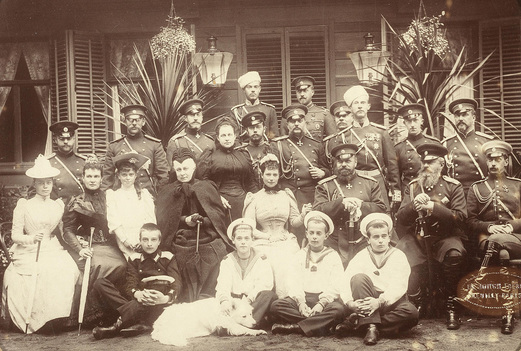
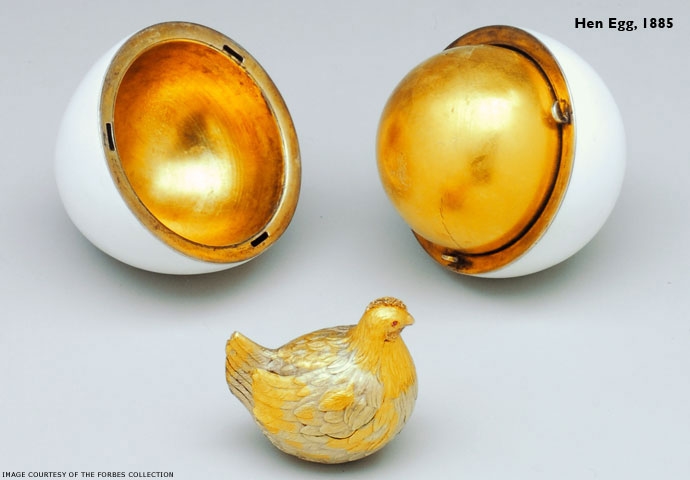
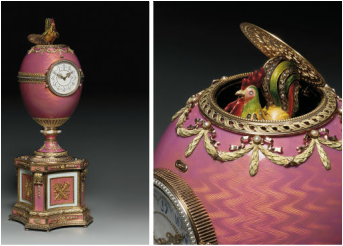
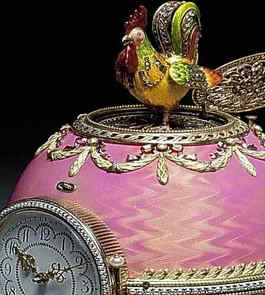
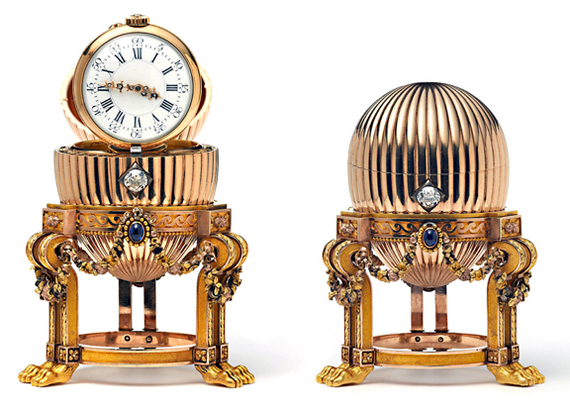
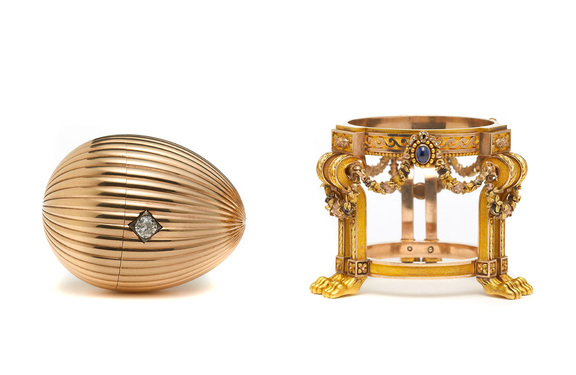

 RSS Feed
RSS Feed
